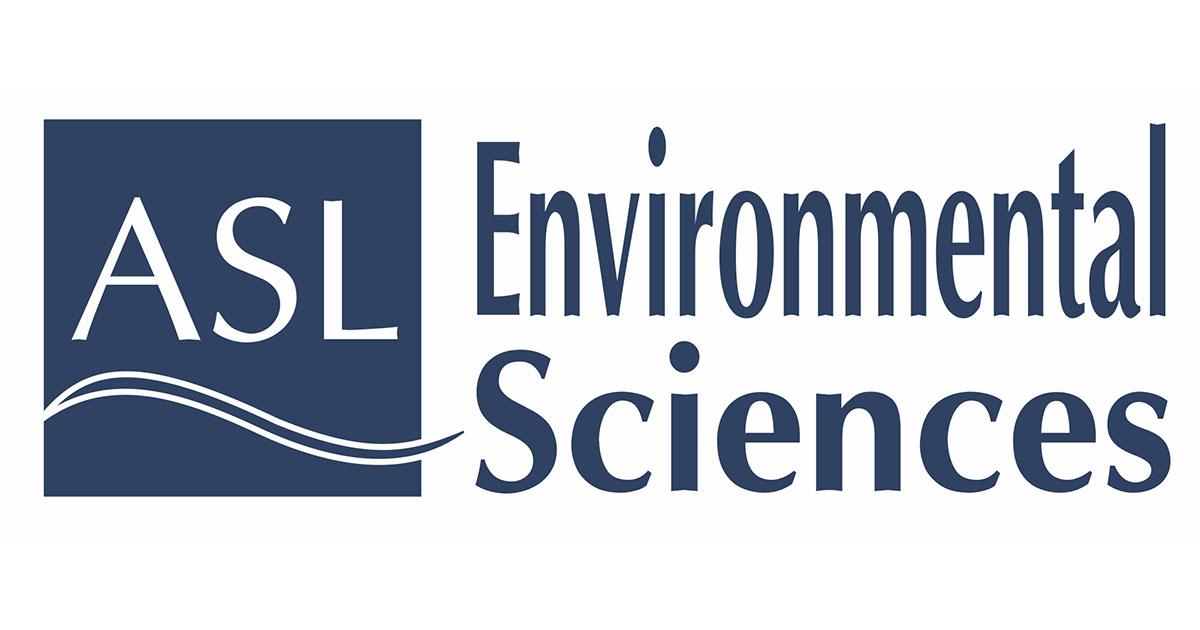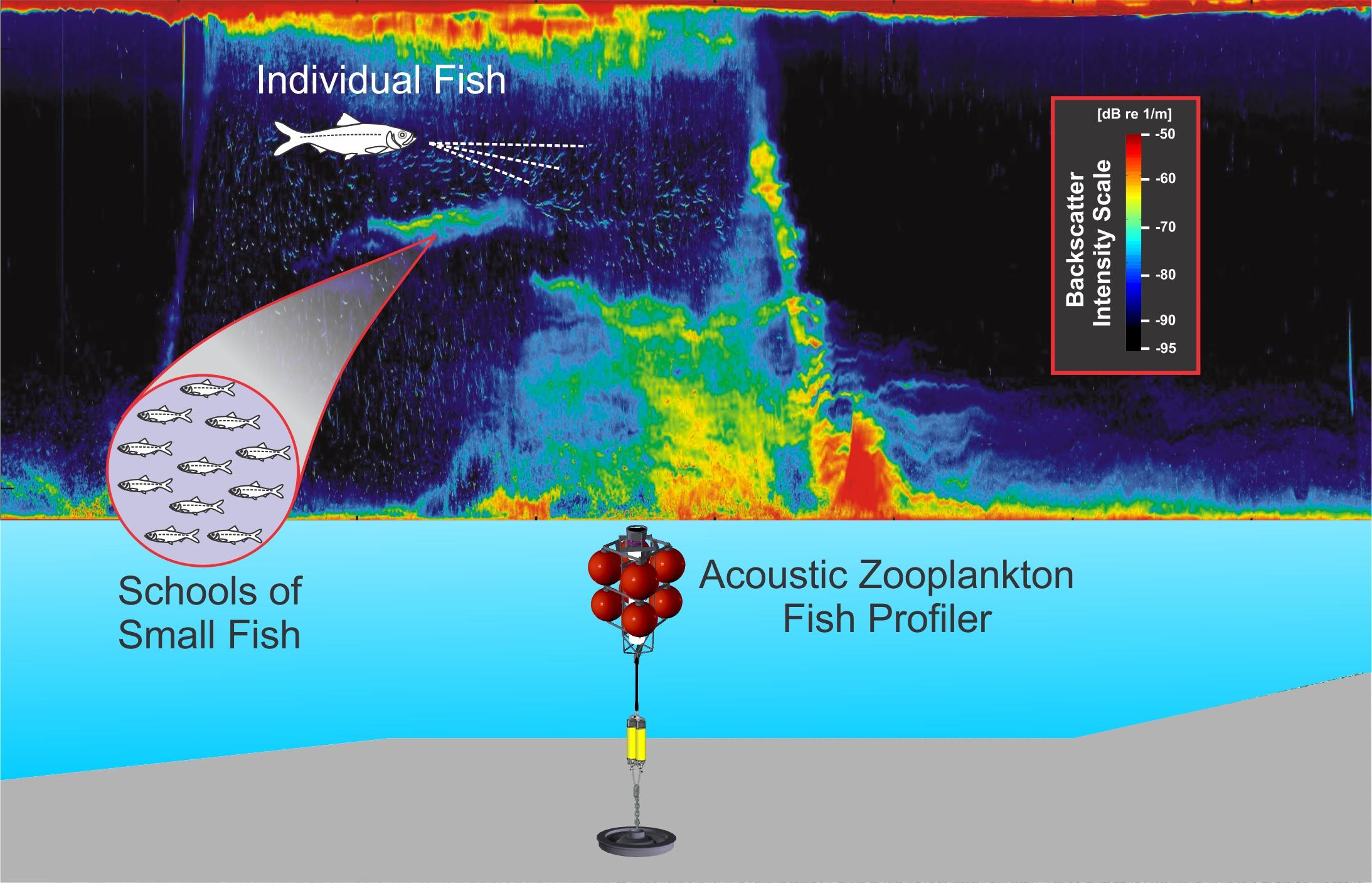Computer Vision-Based Detection of Fish from Acoustic Backscatter Time Series

ASL Environmental Sciences Inc. (ASL) announces the recent award of a Natural Sciences and Engineering Research Council (NSERC) Engage Grant for the development of new automated or semi-automated analysis tools for Acoustic Zooplankton Fish Profiler (AZFP) data with the University of Victoria and ASL.
This collaboration will be led by Dr. Alexandra Branzan Albu's research group from the Electrical and Computer Engineering Department of the University of Victoria along with ASL acoustic and remote sensing specialists. AZFP data will be provided by Dr. Stéphane Gauthier of the Department of Fisheries and Oceans Canada, who will also bring expertise in the areas of fisheries acoustics, data analyses and interpretation.
 The AZFP provides high temporal and spatial resolution acoustic backscatter. Through this grant, efforts will focus on developing methods to automatically detect and classify fish backscatter from AZFP data. Dr. Albu and her team bring specialized knowledge to this issue with experience in computer vision and machine learning. Traditional AZFP processing techniques are dependent upon human vision and visualization methods, the application of automated techniques will be used to create unbiased classifications based on shape, structure and pattern detection. Detection algorithms will be tested and tuned on data sets containing well-defined fish schools such as the ones produced by Pacific Herring, a small pelagic coastal species abundant in British Columbia's waters.
The AZFP provides high temporal and spatial resolution acoustic backscatter. Through this grant, efforts will focus on developing methods to automatically detect and classify fish backscatter from AZFP data. Dr. Albu and her team bring specialized knowledge to this issue with experience in computer vision and machine learning. Traditional AZFP processing techniques are dependent upon human vision and visualization methods, the application of automated techniques will be used to create unbiased classifications based on shape, structure and pattern detection. Detection algorithms will be tested and tuned on data sets containing well-defined fish schools such as the ones produced by Pacific Herring, a small pelagic coastal species abundant in British Columbia's waters.

